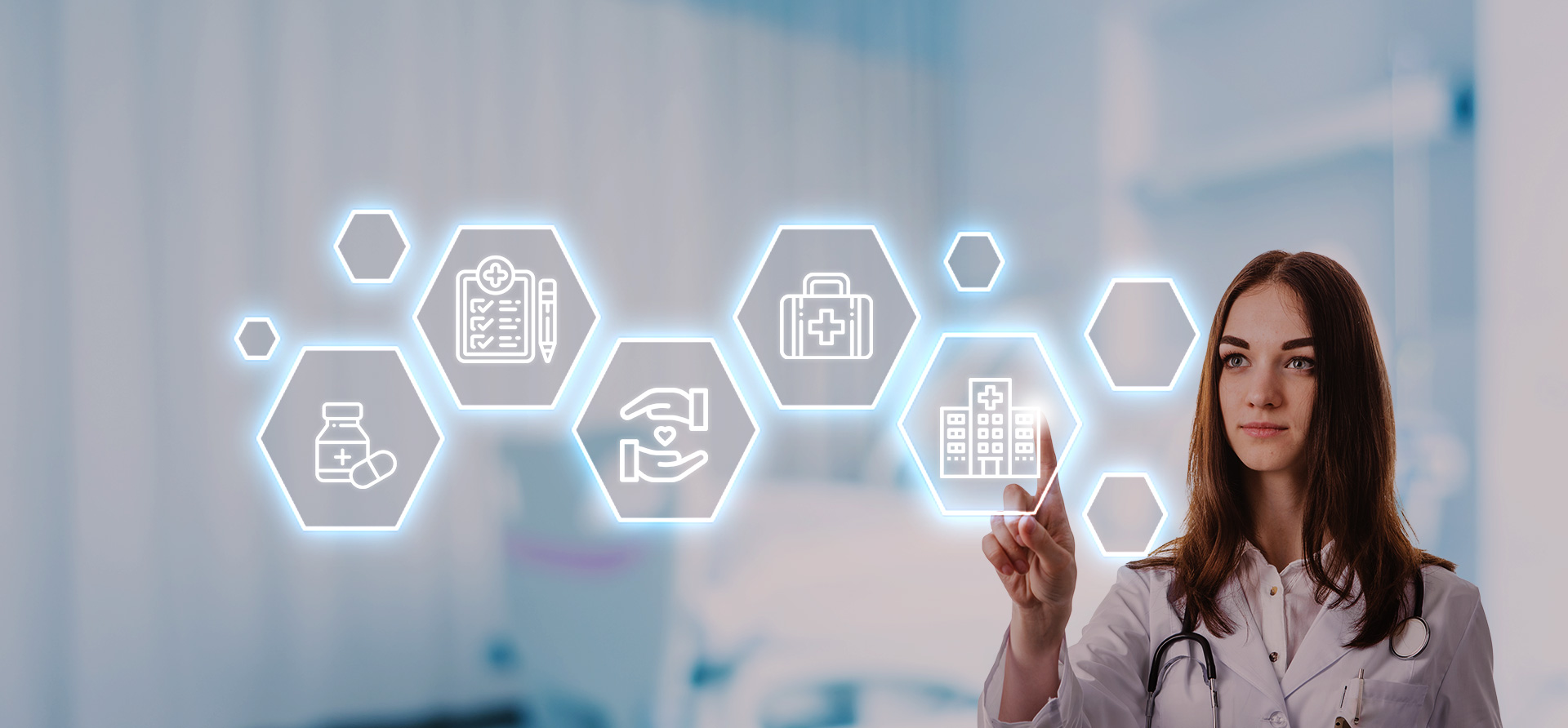What is Medical coding system:-
The Medical billing and coding solution is defined as a simplified transformation of diagnosis, clinical procedures, treatments, and instrumentation into ICD-10 writing. This medical encoding is nothing however a translation engine that interprets the clinical procedures information into predefined codes.
This process is also known as a medical coding system which does the work of ensuring that the medical codes are applied correctly during the billing process. The data that it consists of the patient’s condition, the doctor’s diagnosis, a prescription, and whatever procedures the doctor or healthcare provider performed on the patient, and turn that into a set of codes
Medical coding solutions also permit uniform documentation between medical facilities. The code for the raw throat is the same in Arkansas as it is in Texas. Having similar knowledge allows for efficient analysis, that government and health agencies use to trace health trends way more expeditiously. If the CDC, for instance, needs to research the prevalence of pneumonia, they will explore the quantity of recent respiratory illness diagnoses by trying to find the ICD-10-CM code.
Here are the benefits of the medical coding system:
Reduce and manage operational costs: these days there are many writing and IT tools that are accessible to extend the speed, cost, and accuracy of medical writing.
Healthcare centers can avoid the extra price and also the issues of maintaining the technology in-house through simply outsourcing custom medical encoding software.
Better concentrate on healthcare: For fast and correct medical writing to happen, Healthcare service providers would need someone who is good as well as a skilled team of AAPC certified medical coders. The United Nations agency has a deep understanding of medical specialties and compliance necessities.
Value-add services: Outsourcing service suppliers are well-positioned to supply tending centers and hospitals regular reports concerning the progress and standing of claims. These reports may also pinpoint inefficient areas, wherever the general writing productivity and the outcome are often multiplied.

Comments
Post a Comment